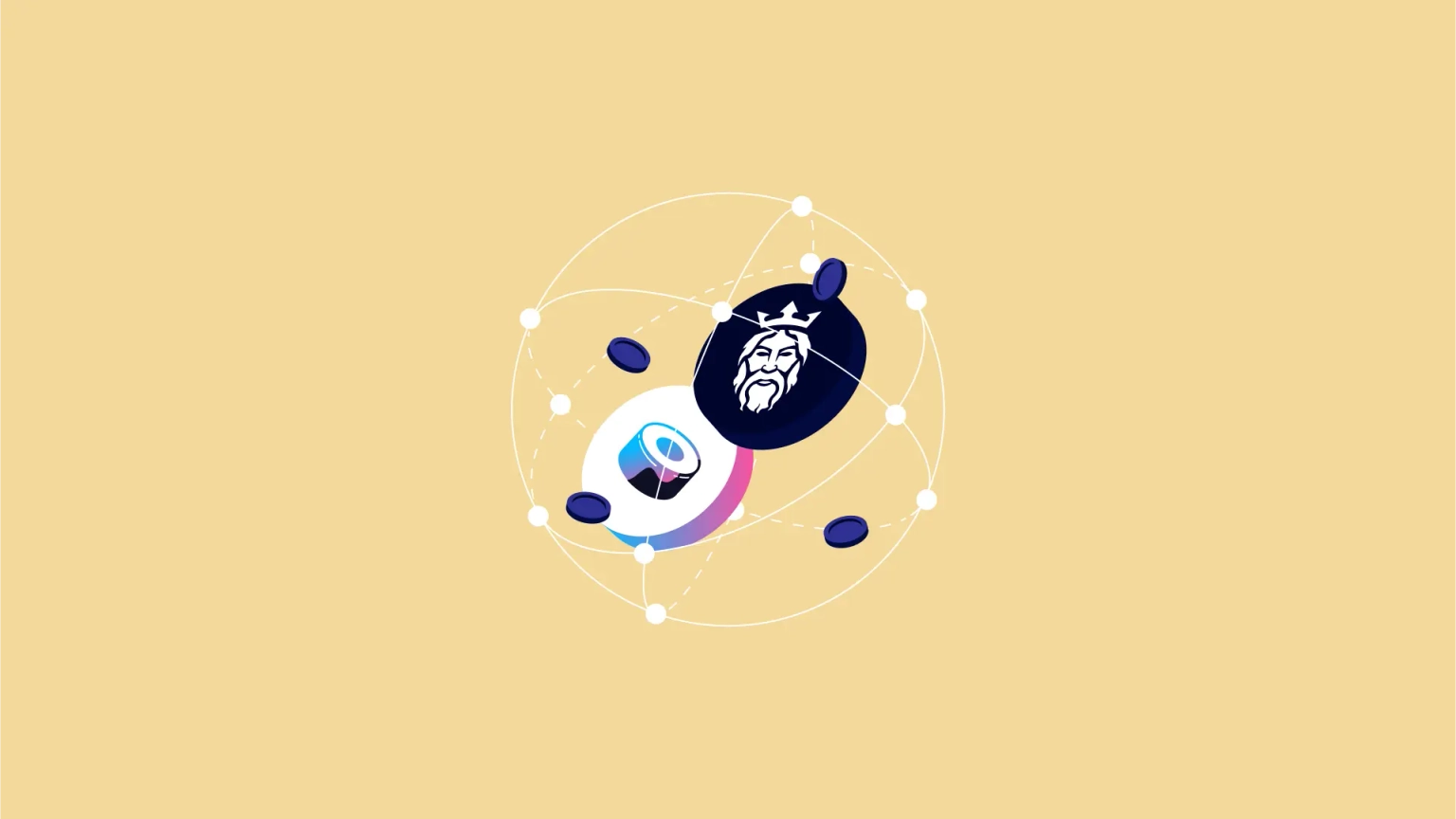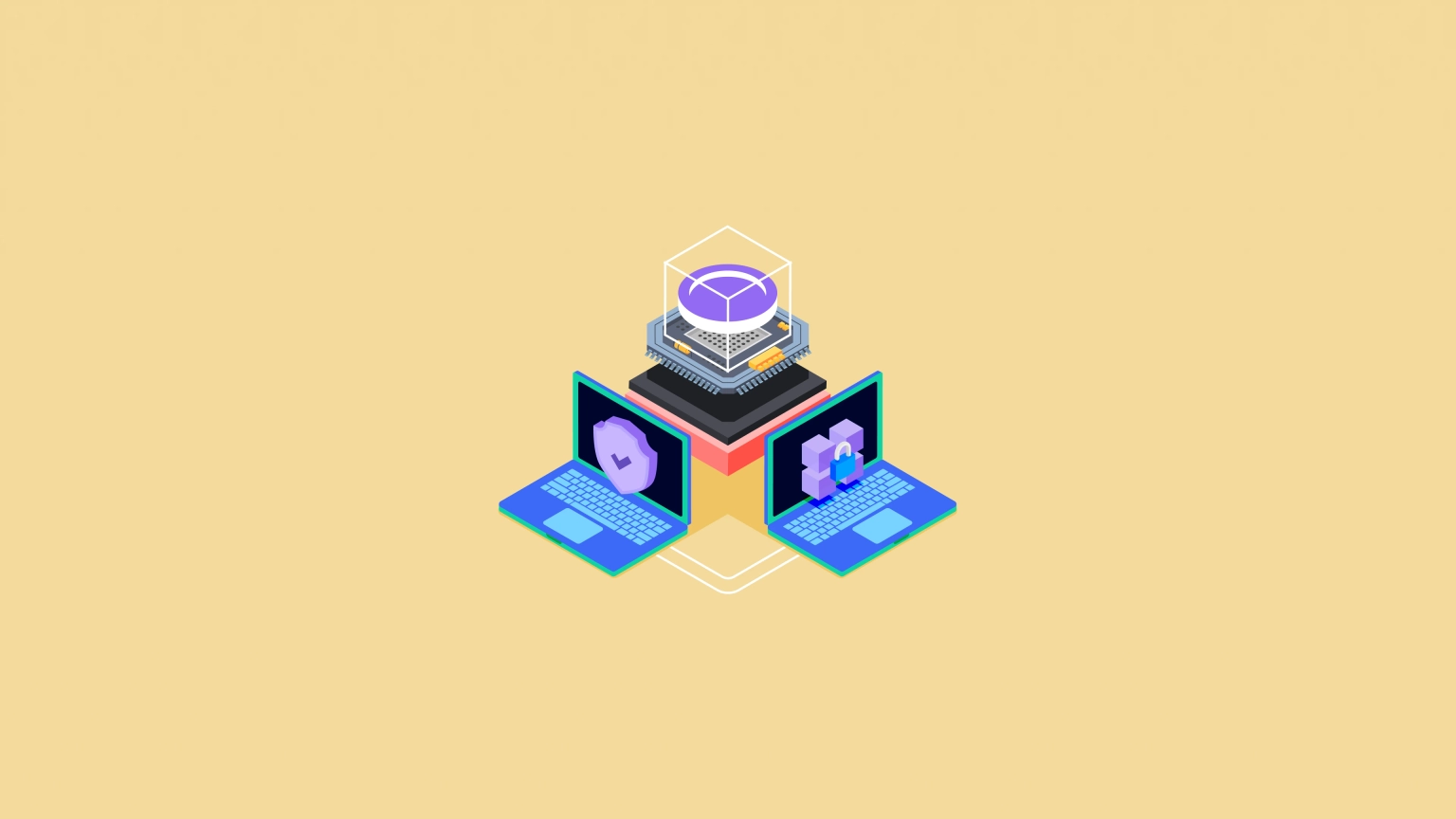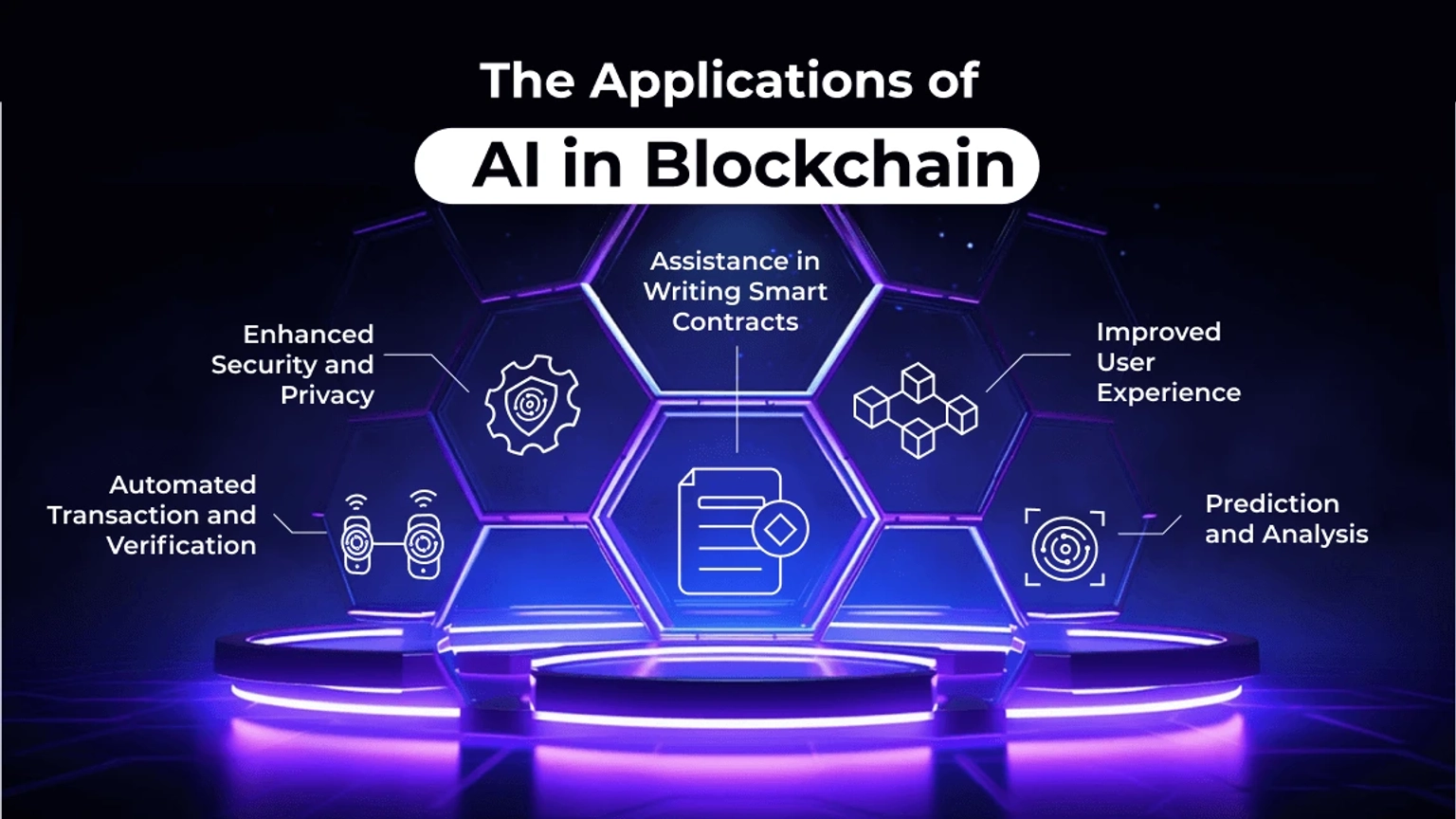
Collaboration between Neptune Mutual and SushiSwap
Explore Neptune Mutual's ongoing collaboration with SushiSwap offering several benefits.
Youtube Video
Playing the video that you've selected below in an iframe

In this post, we will discuss several applications of AI in blockchain and Web3.
We have seen many interesting projects built on the Ethereum base layer, layer 2s, and other chains. However, it's becoming apparent that Artificial Intelligence (AI) could further enhance the efficiency and capabilities of these protocols.
In this post, we shall discuss how AI could become useful to blockchain and Web3.
First of all, let’s understand the basics of artificial intelligence (AI).
AI refers to the technology enabling computers to perform tasks that typically require human intelligence. It can learn from data, make predictions, and solve problems, and some AI models can be trained to improve performance over time. There are quite a number of different fields within AI, including natural language processing and machine learning. Within machine learning, there are subcategories that include supervised learning (e.g., regression and classification), unsupervised learning (e.g., clustering and dimensionality reduction), and reinforcement learning (e.g., game AI and robot navigation).
While we see several protocols implementing AI into their systems, the integration between AI and blockchain technology is still in its infancy. AI has a lot more potential to make blockchain and Web3 spaces more secure, efficient, and accessible.

Some potential applications of AI include:
Developers already frequently use tools like GitHub Co-pilot to assist them in writing code in Web2 for common tasks like database connections or sorting algorithms. For example, DeepMind's AlphaDev AI recently developed a sorting algorithm in C++ that is an astounding 70% faster than the previous best method. Integrating similar technology in Web3 would be revolutionary, setting the stage for unprecedented optimization and scalability in the decentralized digital realm.
Training AI code assistants on smart contracts could speed up development times and help reduce the risk of human errors creeping into smart contracts. Another example of the use of AI in this area is an AI tool developed by Etherscan called CodeReader that provides users with the ability to interpret the source code of a specific contract address.
Blockchain is well-known for its encryption, which is a key to providing security and privacy in blockchain systems. AI can further improve blockchain security in a variety of ways.
AI algorithms can be helpful in detecting suspicious activities and anomalies with data analytics, transaction monitoring, and identifying malicious actors to restrict their access. A few examples of companies working in this field include Hypernative, Cyvers, and Lossless.
In addition, AI can make access to data more flexible by limiting access to encrypted data only to specific users with permission. For processing transactions, AI can help automate routine tasks like validation and verification of transactions. Proof-of-Learning is an example of an AI-based consensus algorithm in which machine learning models are used to validate transactions. PoL offers the potential for a more efficient and secure consensus mechanism than existing algorithms.
Securing private keys is a challenge for many users, especially beginners unfamiliar with the intricacies of blockchain and DeFi wallets. Rather than expecting users to learn, remember, and follow security best practices, AI could be integrated into DeFi wallets. For example, integrating AI-powered biometric authentication such as fingerprints or facial recognition could be used to validate transactions. This also adds an additional layer of security, making it more challenging for malicious actors to access the private keys.
We've already touched on a couple of usability improvements in previous points. Things like improved security, simplified transactions, and development assistance can improve the user experience automatically.
Other than that, AI-enhanced DeFi exchanges and wallets could have many other improvements. For example, wallets and exchanges could be integrated with AI to offer dynamic user interfaces that highlight active networks and provide their real-time insights. AI can be used to customize their displays based on their browsing history and interests or to predict their preferences. This allows users on your dApp to have an intuitive experience. One of many companies looking to use AI in the development of next generation crypto wallets includes Antier.
Other actions, such as connecting a wallet to a third-party service, could also be gated more effectively using AI. Similarly, AI assistant tools such as chatbots can help the audience by guiding them through transactions, answering their queries, providing useful resources, and improving their experience. One particular example is Aptos partnering with Microsoft and aiming to use its AI services to create chatbots.
The ability of machine learning algorithms to quickly process huge amounts of data makes them ideal for performing analytics, identifying patterns, and making market predictions. From trading algorithms to the detection of transaction anomalies, insurance, and risk analysis, AI can see patterns and make predictions quickly and efficiently.
The accuracy of those predictions depends on the volume and quality of the data being provided and whether historical patterns can be used as a basis for prediction. However, AI can not only predict outcomes from historical data but also analyze sentiment from social media or news.
AI technology has only been accessible to consumers for a short time, but it's already seen massive adoption in some areas, such as coding and long-form text generation. There are still many questions about copyright, ethics, and the limitations of AI. However, it's clear that AI is here to stay and that it has a lot of potential.
Blockchain technology is more evolved than ever, but usability challenges have left many less technical users on the sidelines. The integration of these two emerging technologies could be the step forward we need to see digital identities and asset ownership on the blockchain become mainstream.
The power of AI is only just starting to enter the collective consciousness. This can be seen by recent political initiatives that are concerned by the power that centralized companies might achieve through AI developments, and governments are starting to worry about its consequences. A recent example of this is the Executive Order issued by President Joe Biden relating to “Safe, Secure, and Trustworthy Artificial Intelligence”.
Given the above, it may well be that the decentralized nature of blockchain offers a unique way of harnessing the power of AI without the concentration of power that is often such a drawback of centralized models.
DeFi insurance is one of the industries in Web3 where applications of AI are useful. It could be useful in assessing risks in different protocols, auditing codes for vulnerabilities, and so on.
Similarly, the price of the policies can be adjusted according to purchase frequency, recent activities, and market conditions with the application of AI.
At Neptune Mutual, we are keen to use AI to our advantage and have been incorporating AI into our system in a variety of ways. Some of the areas where we have been applying AI are listed below:
Bruce Wayne, the head of our design team, says,
Using AI in our design work has dramatically improved our productivity. It has speeded up time-consuming work such as editing images, videos, & sound in a way that wouldn’t have been possible a year ago. The AI tools we are using at Neptune Mutual have undoubtedly improved our design team’s efficiency, enabling us to increase our design output with the same resources while at the same time allowing us to spend more of our time on creative input.
Neptune Mutual is a project aimed at enhancing users' journey in DeFi through security and protection. We have a cover marketplace to let users purchase cover policies for their funds in different protocols. You can visit our marketplace and view all the policies available currently in Ethereum, Arbitrum, and BNB Smart Chain.
If you have a project and a community to protect, you can create cover pools in any of these mentioned chains. Reach us through our contact page so that we can help you create your cover pool in our marketplace. You can know more about us by following our X (Twitter) and Discord channels.